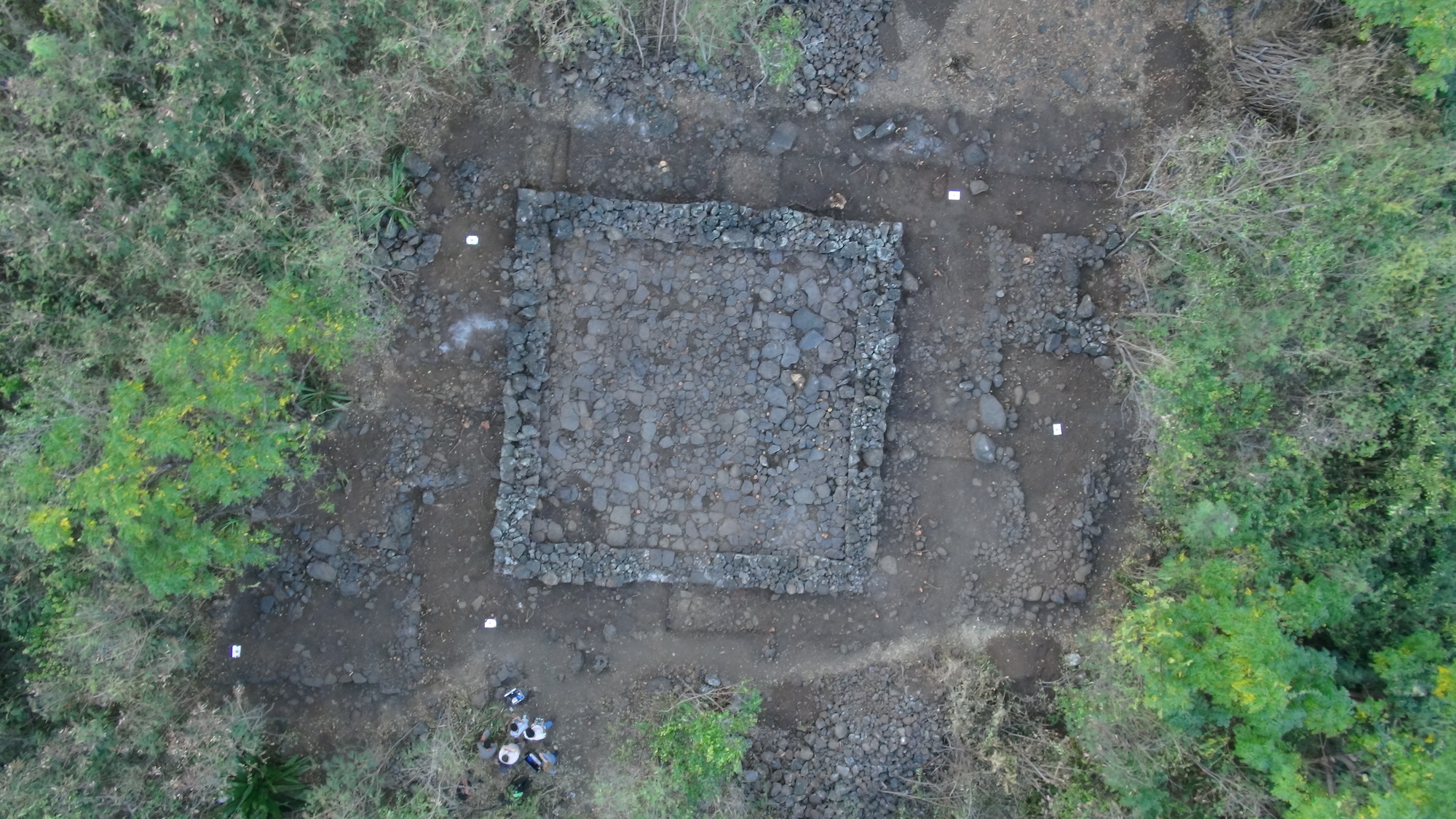
- Home
- Archaeology on Reunion Island
- Sites
- Saint-Paul
- Bassin Vital
- Cilaos
- La Possession
- Saint-André
- Saint-Benoît
- Saint-Denis
- Saint-Joseph
- Saint-Leu
- Saint-Louis
-
Saint-Paul
- Bassin Vital
- Batterie “De Droite"
- Batterie “De l’Embouchure"
- Cap Champagne
- Chemin de Bernica
- Marin cemetery
- Colline du Théâtre
- Domaine de Villèle
- Eastern entrance, Section 3
- Glacières du Maïdo
- Plaine-aux-sables
- Plateau Picard
- L’Étang bridge
- Poudrière
- Route des premiers Français
- Bruniquel factory, indentured workers’ camp and hospital
- Usine de Grand Fond
- Saint-Pierre
- Saint-Philippe
- Sainte-Rose
- Sainte-Suzanne
- Salazie
According to popular tradition, the remarkable set of ruins at Le Vieux Saint-Paul is the island’s first settlement. Recent research (surveys in 2013 and an excavation in 2015) has shed more light on the history of this settlement.
Reconnaissance and organisation of the ruins
The finds identified in Tour des Roches are dry-stone walls, the remains of buildings, possible livestock pens, and low dividing walls. They are divided into three areas on natural terraces.
The square-plan building in the intermediate area
Test pits were dug in the intermediate area in 2015 to study a stone structure which, according to oral tradition, was the first stone chapel on the island.
Stones were cleared away to reveal the levelled foundations of a square building. The room’s balsatic stone paving suggests the space was divided into three parts. Archaeologists now believe this was a storage building. The artefacts found in the building and alterations made to its surrounding area are dated to the 19th century.
The absence of finds from the 17th and 18th centuries, combined with archival research, suggest these are not the remains of the island’s first settlers but a later agricultural settlement, perhaps one that farmed crops known to have been grown in this area in the 19th century: mangoes, maize and ylang-ylang.
Associated media
Open Media Library

General map (Saint-Paul, Bassin Vital, 2013)

Rural structures (Saint-Paul, Bassin Vital, 2013)

Animal pens (Saint-Paul, Bassin Vital, 2013)

General map of the intermediate area (Saint-Paul, Bassin Vital, 2013)

Building during excavation (Saint-Paul, Bassin Vital, 2015)

Orthophotography (Saint-Paul, Bassin Vital, 2015)

Square building (Saint-Paul, Bassin Vital, 2015)

